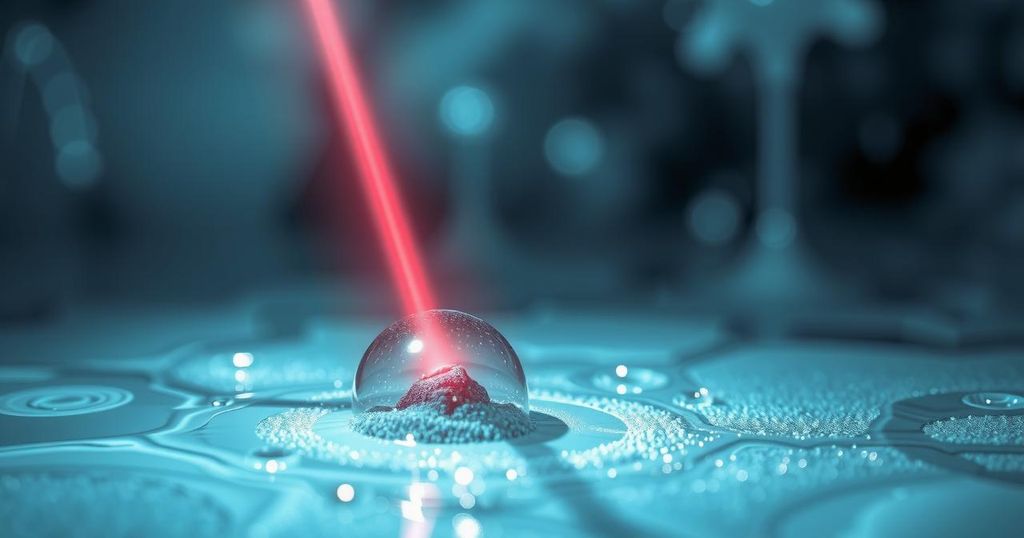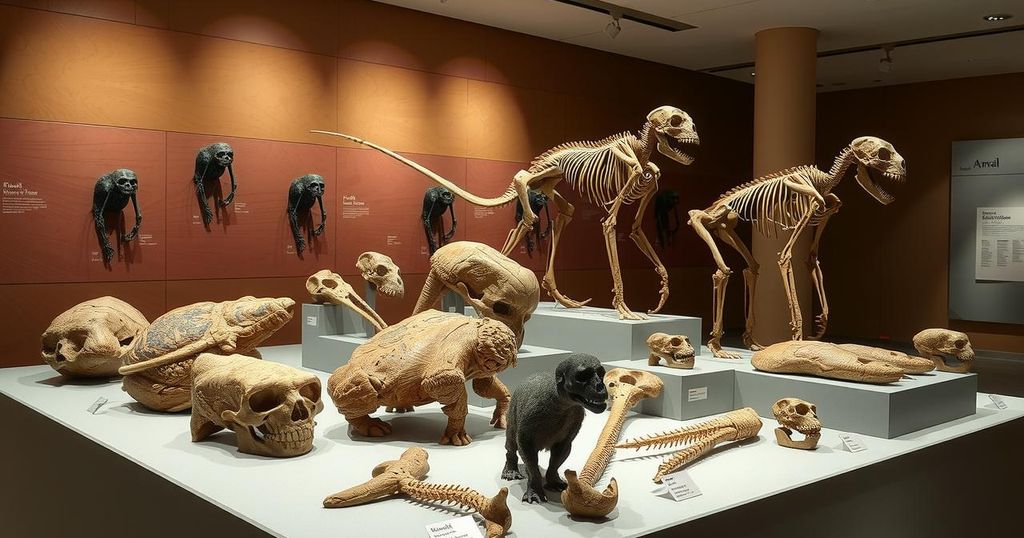Artificial Intelligence Supports Most Precise Optical Measurements
A TU Wien-led team has made progress in optical measurement precision using AI, establishing both a theoretical lower limit for precision and developing algorithms that closely reach this limit. The study emphasizes the significant potential of AI in enhancing imaging methods for medical applications, with future collaborations planned to explore practical uses.
In a groundbreaking study led by TU Wien, a European research team has made significant strides in optical measurement precision through the application of artificial intelligence (AI). They managed to pinpoint the theoretical lowest limit of achievable precision and developed AI algorithms that closely approach this mark after rigorous training. This innovative approach is set to enhance imaging techniques, particularly in medical applications.
The researchers delve into the complexities of how we perceive objects obscured by layers, like looking through cloudy glass. “Imagine we are looking at a small object behind an irregular, cloudy pane of glass,” said Prof. Stefan Rotter from TU Wien’s Institute of Theoretical Physics. “We do not just see an image, but a complicated light pattern.” The challenge is determining the object’s exact location despite the interference of light, an issue that has significant implications in fields like biophysics and medical imaging.
To understand this limitation, the team referenced Fisher information, a theoretical construct that gauges how much an optical signal conveys about unknown parameters, such as an object’s position. Low Fisher information means precise identifications are impossible. By applying this concept, researchers deduced an upper threshold for precision across various experimental conditions.
On the experimental side, Dorian Bouchet from the University of Grenoble, along with colleagues from the University of Glasgow, crafted an experiment where a laser beam targeted a small, reflective object obscured by turbid liquid. The resulting images displayed highly distorted patterns, challenging the task of extracting precise location data.
“To the human eye, these images look like random patterns,” commented Maximilian Weimar of TU Wien. However, by inputting numerous images with known object positions into a neural network, the AI learned to recognize specific patterns. After adequate training, the network demonstrated the ability to accurately infer object locations, even with fresh unseen data.
The results were promising. The prediction precision was only slightly lower than the theoretical maximum, as determined by Fisher information. “Our AI-supported algorithm is not only effective but almost optimal,” Rotter noted. The implications are vast; this advancement could revolutionize optical measurement techniques in diverse fields ranging from medical diagnostics to materials science and even quantum technology.
Looking ahead, the team is eager to collaborate with partners in applied physics and medicine to explore practical implementations of these AI-driven methods in tangible systems. This could usher in a new era of precision imaging in various disciplines, ultimately benefiting both research and healthcare.
In summary, the TU Wien-led team’s exploration into the interplay between artificial intelligence and optical measurement precision presents a substantial leap forward. By determining theoretical limits and employing AI to navigate complex measurements, they are paving the way for enhanced imaging technologies, especially in medical fields. As collaborations begin with applied science, the potential for real-world applications seems vast and promising.
Original Source: optics.org




Post Comment